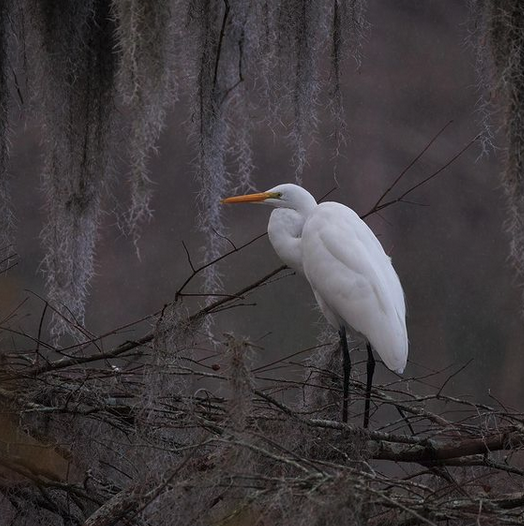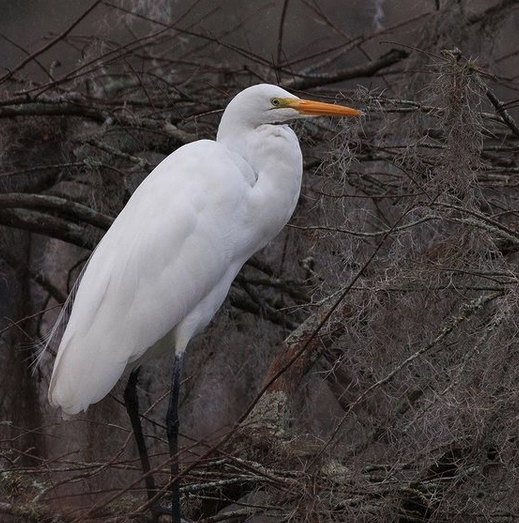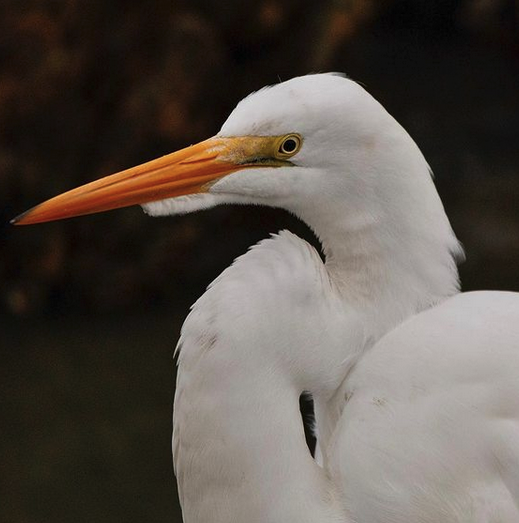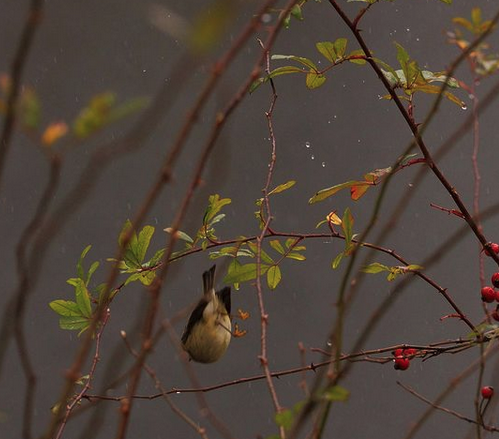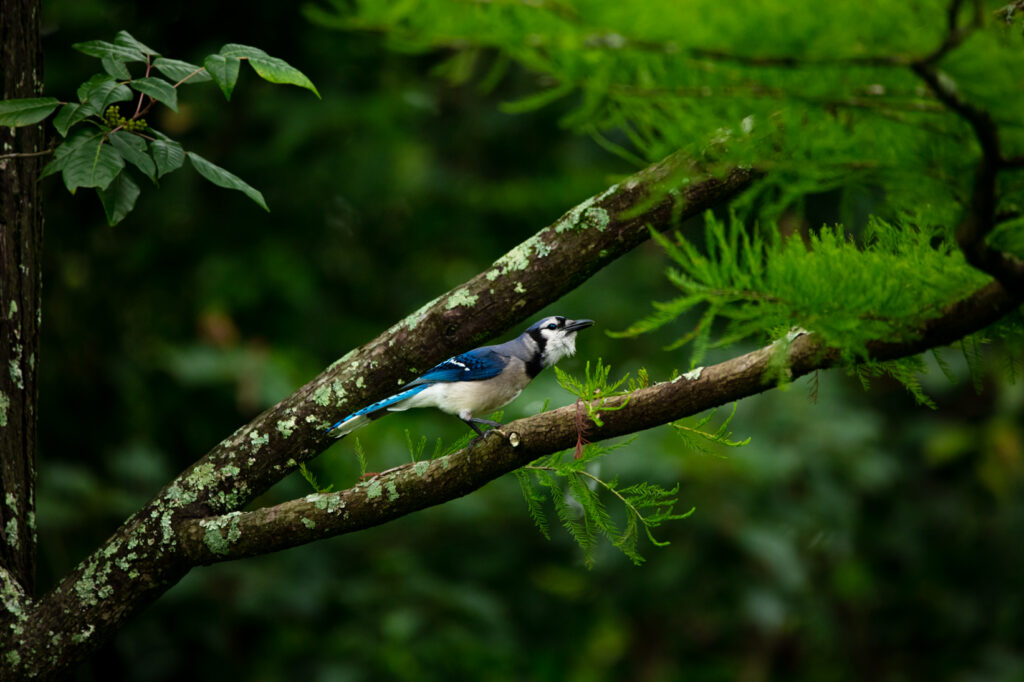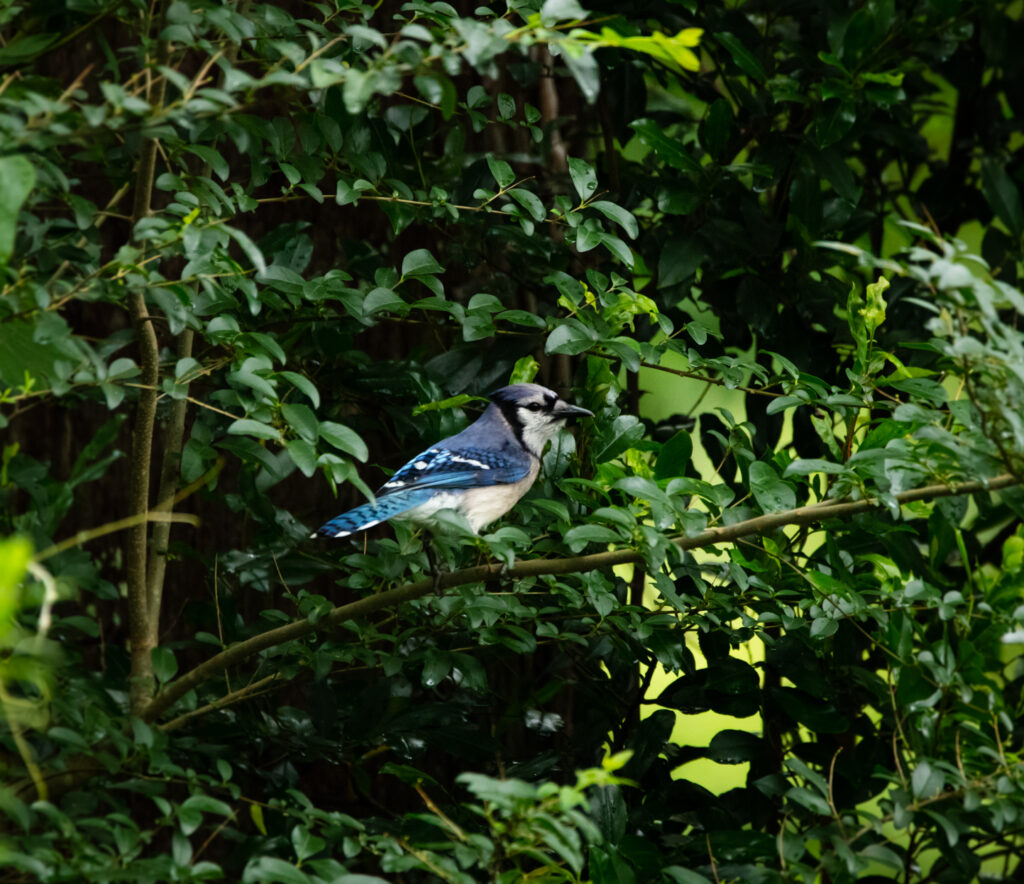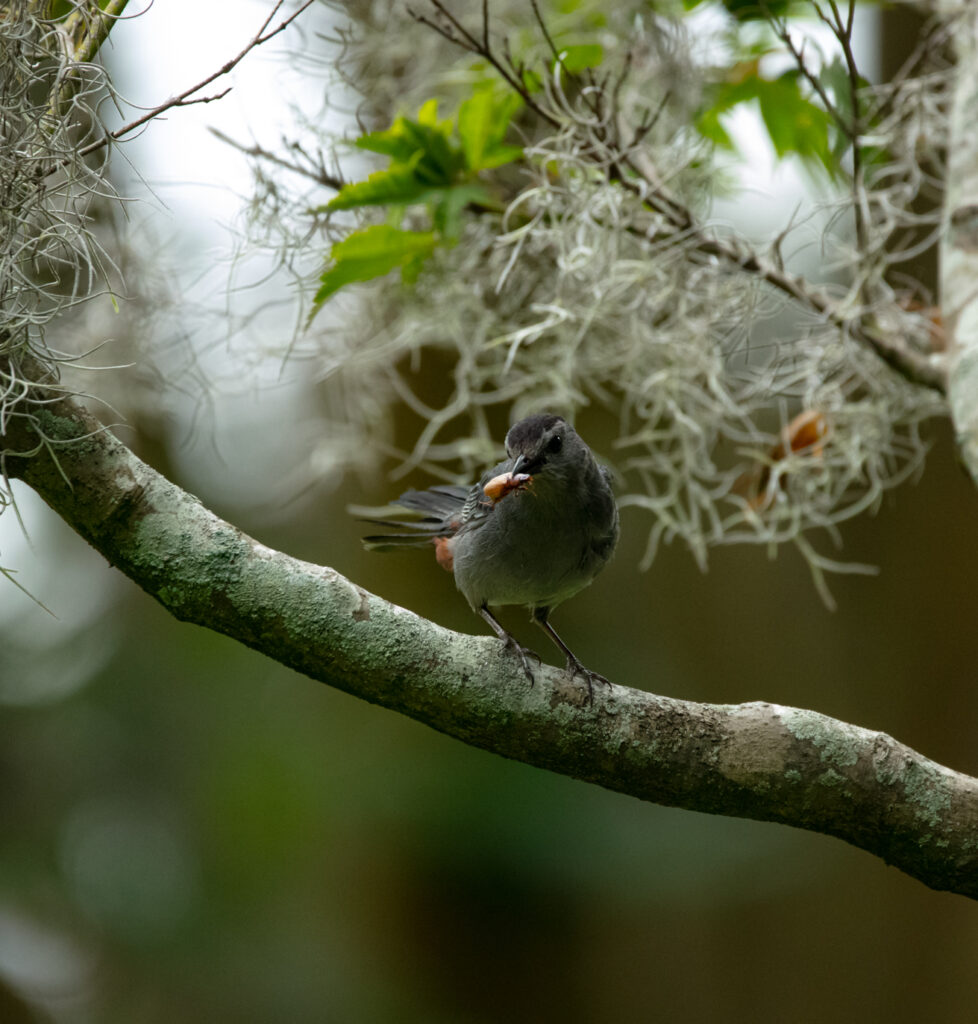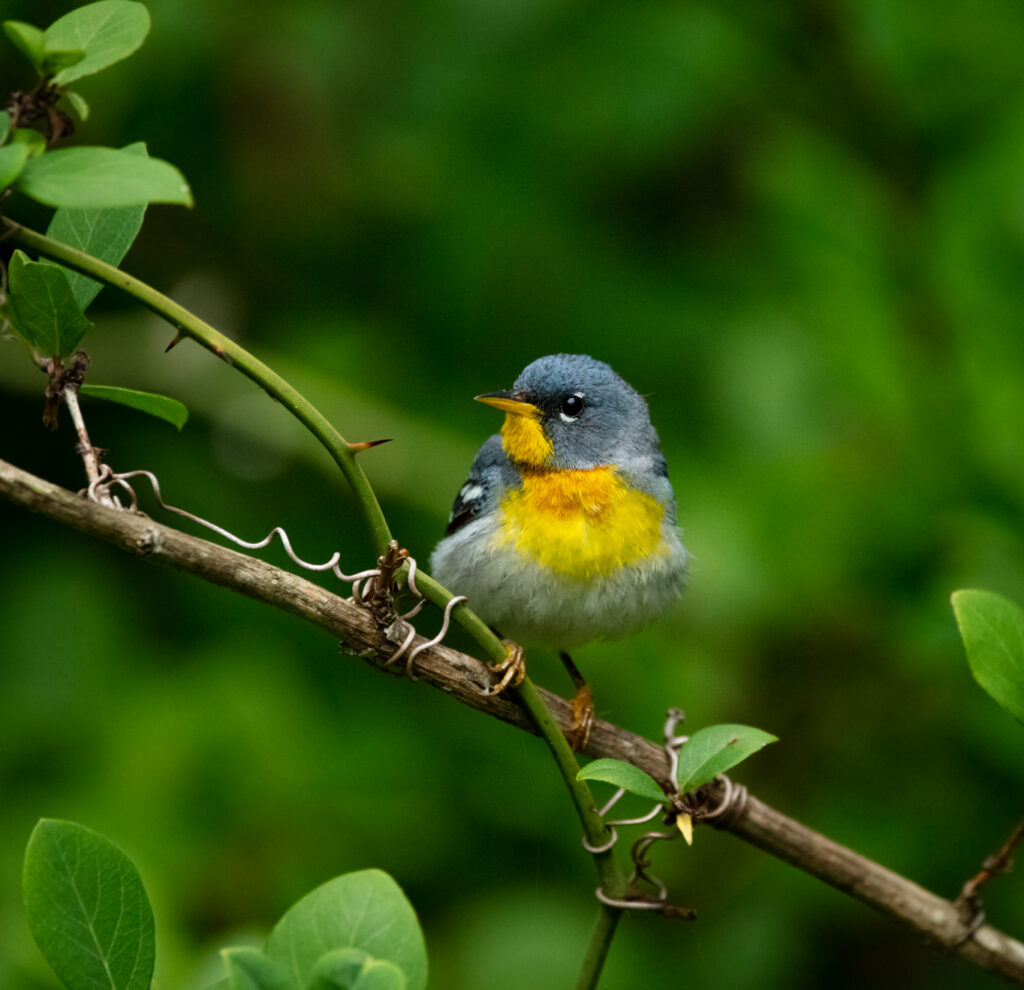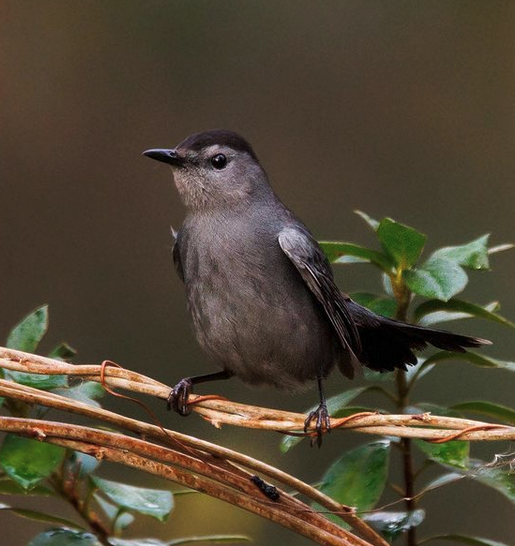
Each spring, strange cat-like noises emanate from the bushes and shrubs. Peering into the dark tangled brush to locate the source of the sound, one might expect to find a feline, yet more often than not instead those soft mews and purrs are coming from a Gray Catbird.
Most Catbirds migrate every winter from central NC to the far southeastern states & Mexico but quite a few of them only make a short trip to our coastal regions instead.
I found this one a couple of weeks ago while birding at Greenfield Lake in Wilmington.
Usually Catbirds like to hang out in thicker stuff so it was nice to catch a good look at one out in the open!

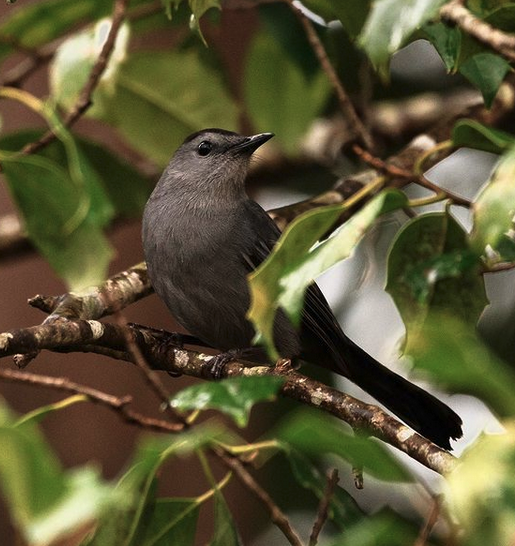
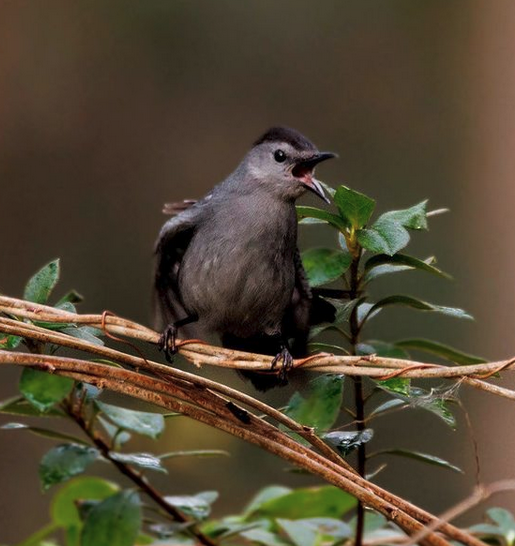

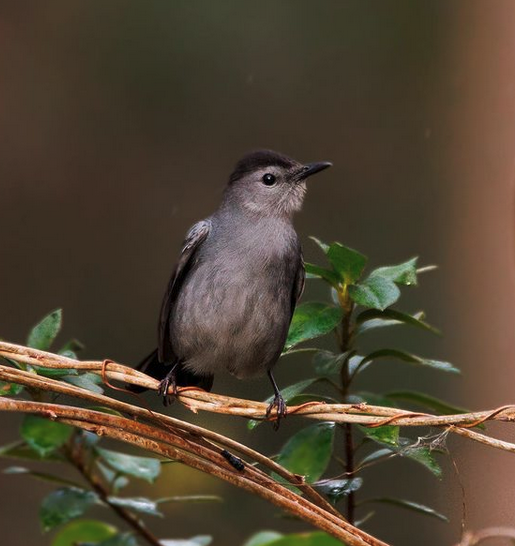
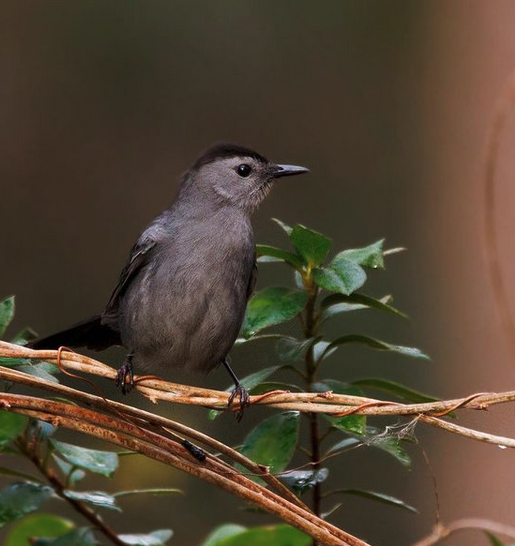
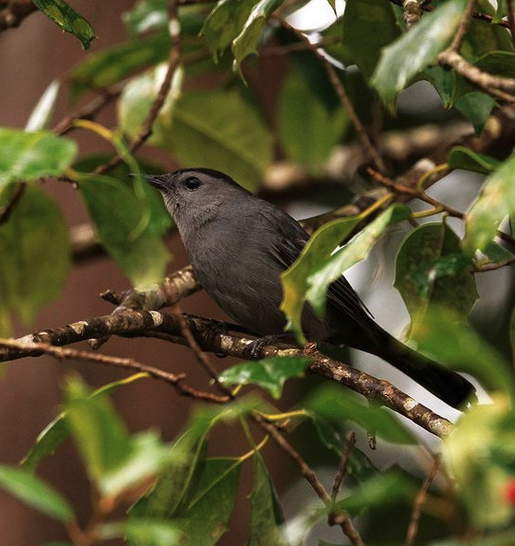
I’ve found that your best opportunity for spotting one of these understated beauties is to wait for them to alight on a branch to sing (as was the case with this one) or when they emerge from the undergrowth to eat.
Dedicated omnivores, Catbirds can be found snacking on berries and fruits, mealworms, earthworms, beetles, ants, beetles, grasshoppers, caterpillars, moths, holly berries, cherries, poison ivy, bay, blackberries and elderberries.
Their wide range of food preferences allow them to remain in eastern North Carolina throughout the winter as long as there are enough berries and fruits to be found.
Photos by @sally_siko of @birdwatching_nc on my mighty mirrorless monster, the @canonusa #R5

